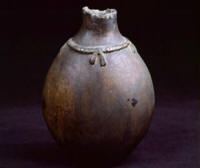 |
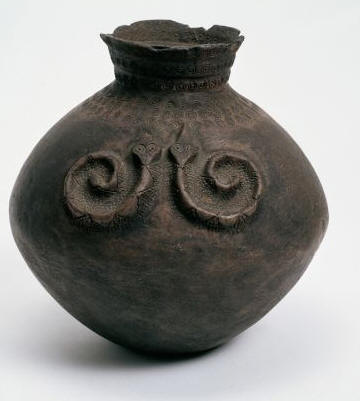 |
 |
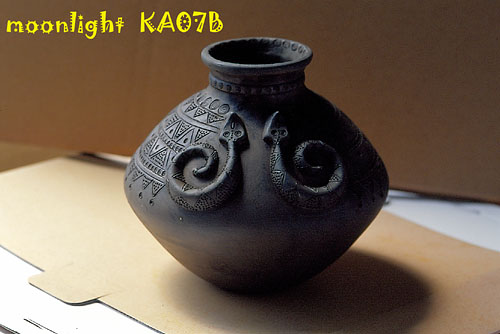 |
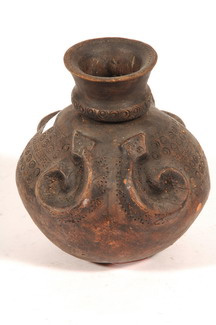 |
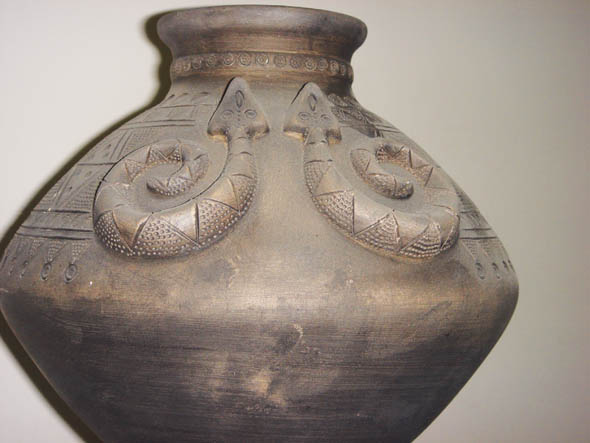 |
Paiwan Divination Pot
prepared by Huang bomin
Paiwan artist and researcher PavavalungSakuliu believes that ancient earthenware pots had several functions: 1. As ceremonial objects. They often held glass beads or offerings. 2. As betrothal gifts. These were often decorated with carved or raised patterns. 3. For fermenting of liquor. 4. For storage of grain, seeds, preserved meat or water. The Paiwan used dredredan as ceremonial objects and betrothal gifts, and these types of pots were considered very valuable. The origins of traditional Paiwan pots are unclear and the methods for making them are not included in the oral history of the tribe. Instead, these pots are often described as magically appearing and associated with legends of the origins of the tribe.
Sakuliu notes that traditional Paiwan earthenware pots symbolize “humans” with a head, neck and body. Each pot has different patterns and thus different
meanings. This pot is referred to as “binazangaan” in the Paiwan language. It has a short neck and flat body. It measures 23 cm horizontally and 21 cm
vertically with an opening 6 cm in diameter. There is a profusion of decorativepatterns. Sakuliu believes that this type of pot was used by shamans
duringdivination rites. The term “binazangaan” refers to an earthenware pot with a refined neck. Another name for this pot is “davadavagen” which
means to “embrace in one’s arms”.